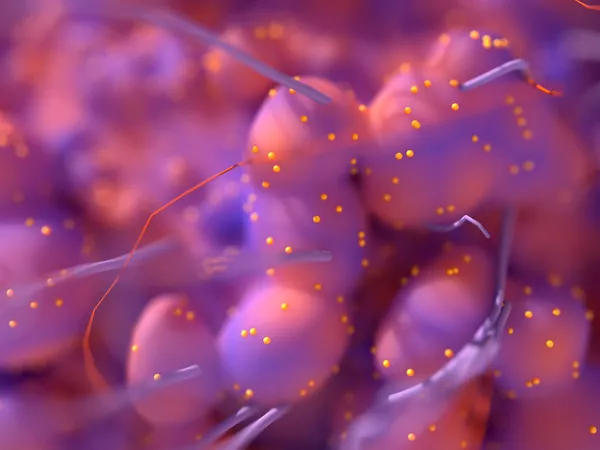EDITORIAL
Published on 20 Oct 2020
Editorial: PVT1 in Cancer
doi 10.3389/fonc.2020.588786
- 1,928 views
- 3 citations
14k
Total downloads
44k
Total views and downloads
You will be redirected to our submission process.
EDITORIAL
Published on 20 Oct 2020
REVIEW
Published on 04 Feb 2020

REVIEW
Published on 31 Jan 2020

REVIEW
Published on 06 Nov 2019

MINI REVIEW
Published on 27 Aug 2019

REVIEW
Published on 21 Aug 2019

MINI REVIEW
Published on 15 Jul 2019

REVIEW
Published on 12 Jun 2019

